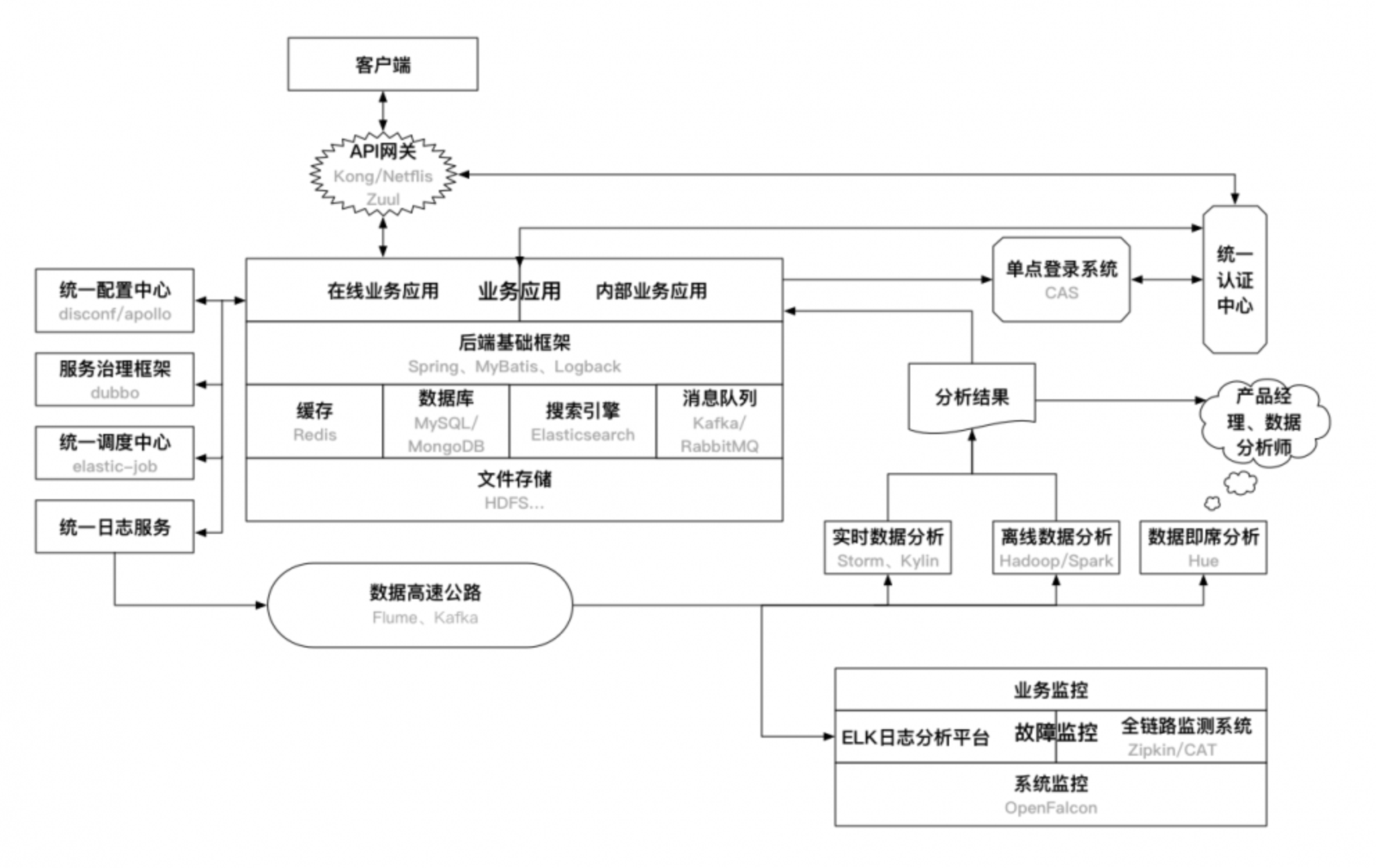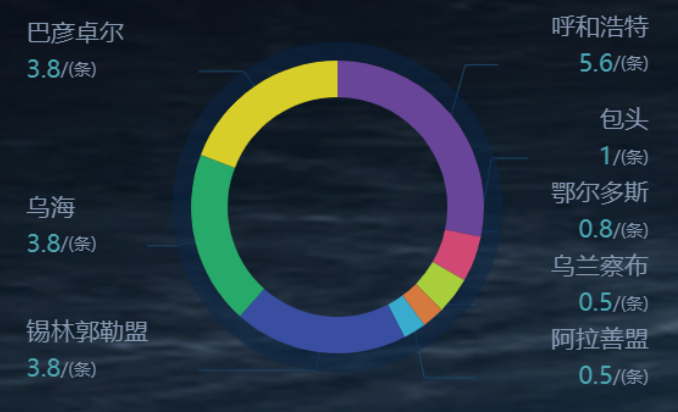《Java并发编程的艺术》并发编程的基础(四)
一、线程简介
1.线程的概念
系统运行的最小单元
2.为何使用多线程
更好地利用系统资源(处理器多核心),提高响应速度。
3.线程的状态
NEW(创建状态)RUNABLE(运行状态,系统调度,争抢时间片)BLOCKED(阻塞状态,加了锁,其它线程获得到了锁)WATING(等待状态,wait()方法时,使用notify()唤醒)TIMED_WAITING(超时等待状态,线程sleep()时,)TERMINAL(线程终止)
关于wait和notify:
public class ThreadTest {public static void main(String[] args) throws InterruptedException {Thread thread = new Thread(new Waiting(), "WaitingThread");Thread thread2 = new Thread(new NotifyWaiting(), "NotifyWaitingThread");thread.start();TimeUnit.SECONDS.sleep(2);thread2.start();}}class Waiting implements Runnable {@Overridepublic void run() {synchronized (Waiting.class) {try {System.out.println("Current thread: " + Thread.currentThread().getName() + ",Waiting is waiting!");Waiting.class.wait();System.out.println("Current thread: " + Thread.currentThread().getName() + ",Waiting is notified!");} catch (InterruptedException e) {e.printStackTrace();}}}}class NotifyWaiting implements Runnable {@Overridepublic void run() {synchronized (Waiting.class) {Waiting.class.notify();System.out.println("Current thread: " + Thread.currentThread().getName() + ",Waiting is notified!");}}}
结果:
Current thread: WaitingThread,Waiting is waiting!Current thread: NotifyWaitingThread,Waiting is notified!Current thread: WaitingThread,Waiting is notified!
wait方法会释放锁,sleep则不会
二、启动和终止线程
1.启动线程
1.构建线程
new Thread();new Runable();new Callable(); //Callable可以返回Future携带返回值
注意:最好给线程初始化名称,方便JVM分析。
2.启动线程
thread.start();
或者Excutors.new线程池,然后ExecutorService.submit或者excute
2.终止线程
终止线程最好使用一个volatile修饰的boolean开关去进行控制
转载于 //www.cnblogs.com/lcmlyj/p/11008311.html
//www.cnblogs.com/lcmlyj/p/11008311.html



































还没有评论,来说两句吧...